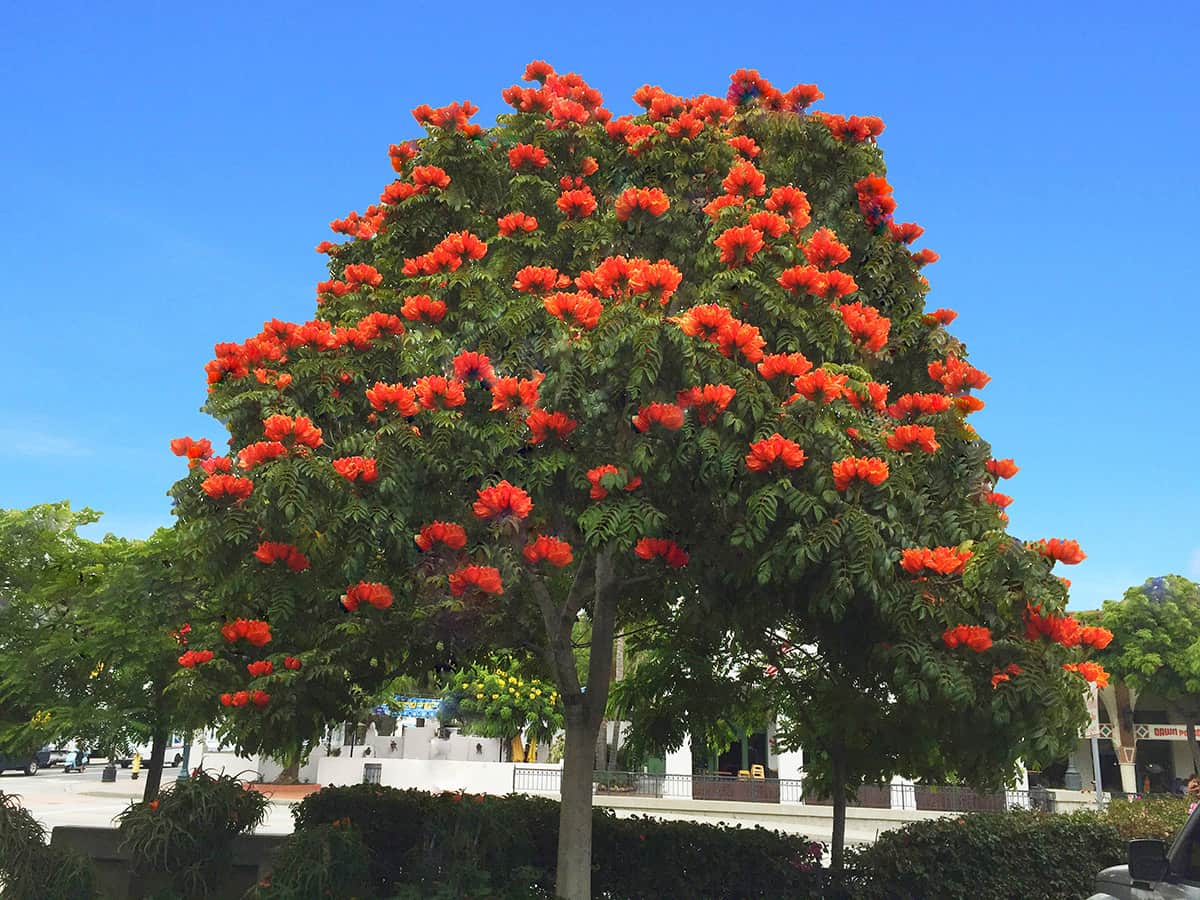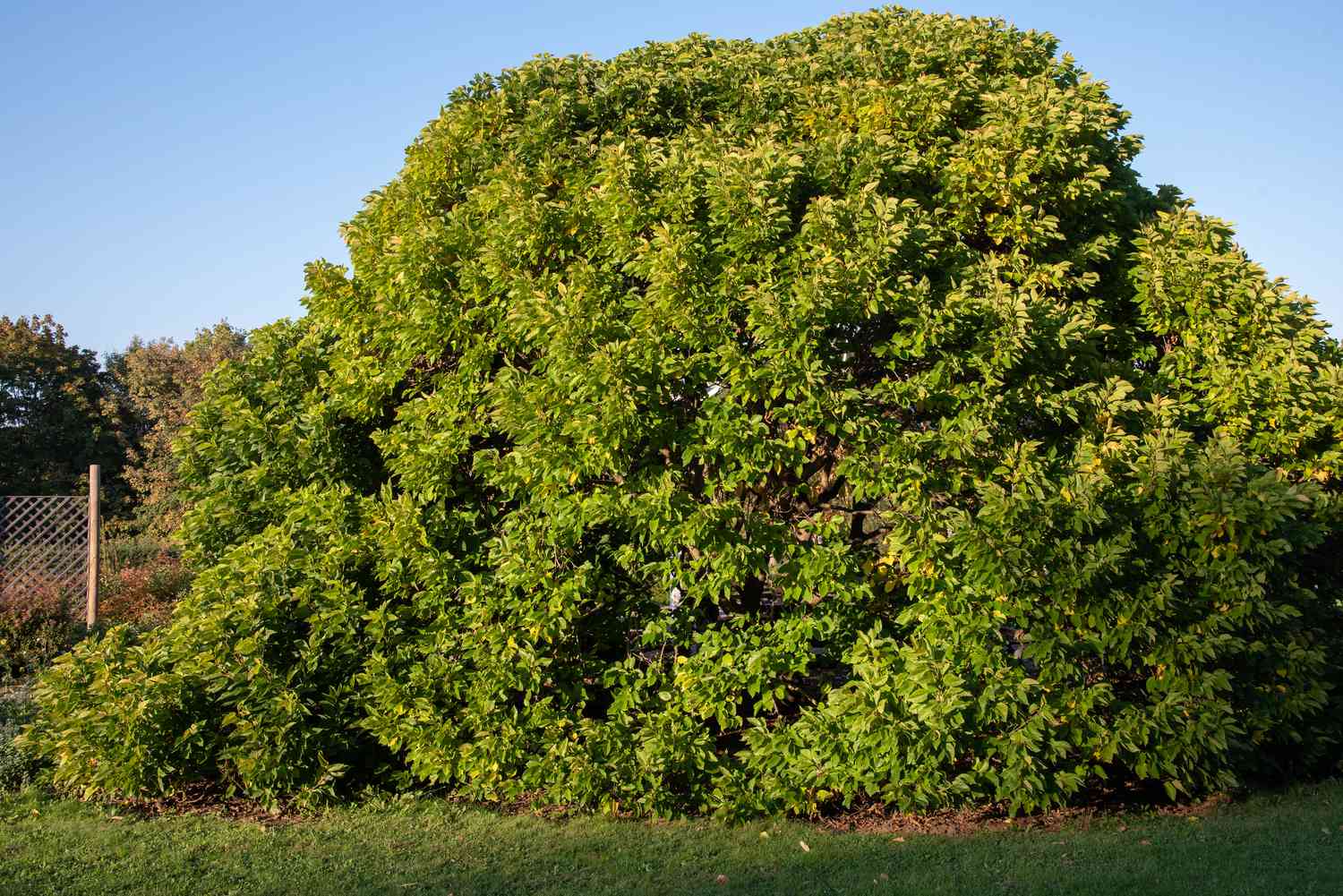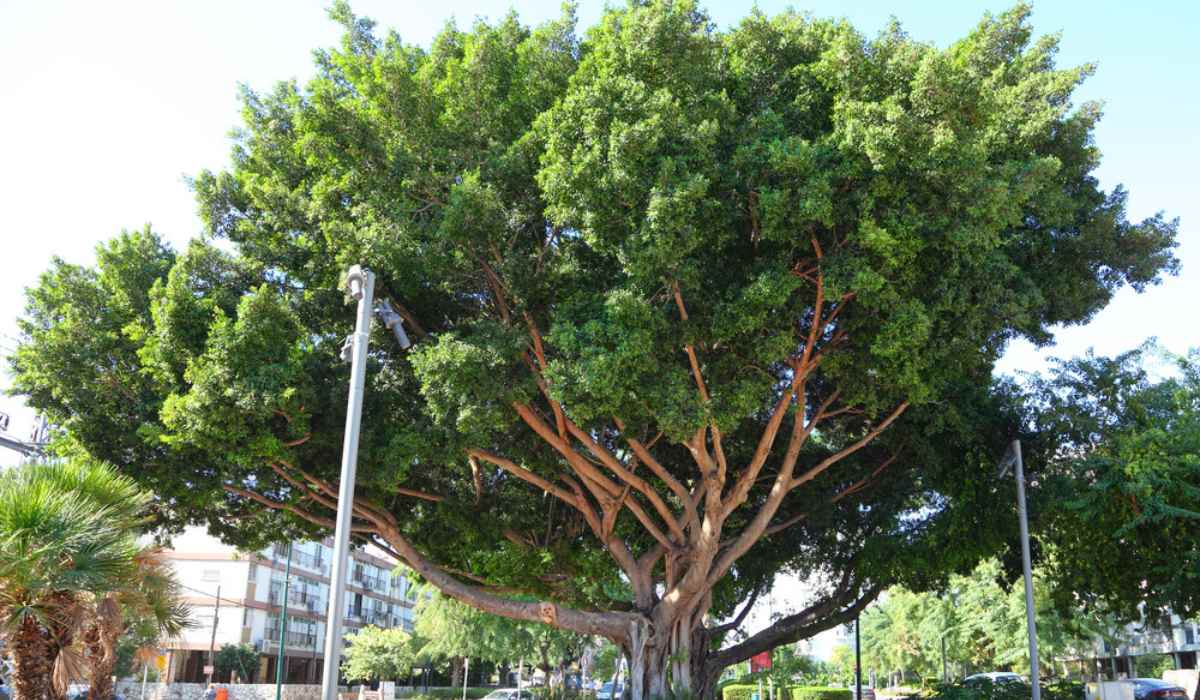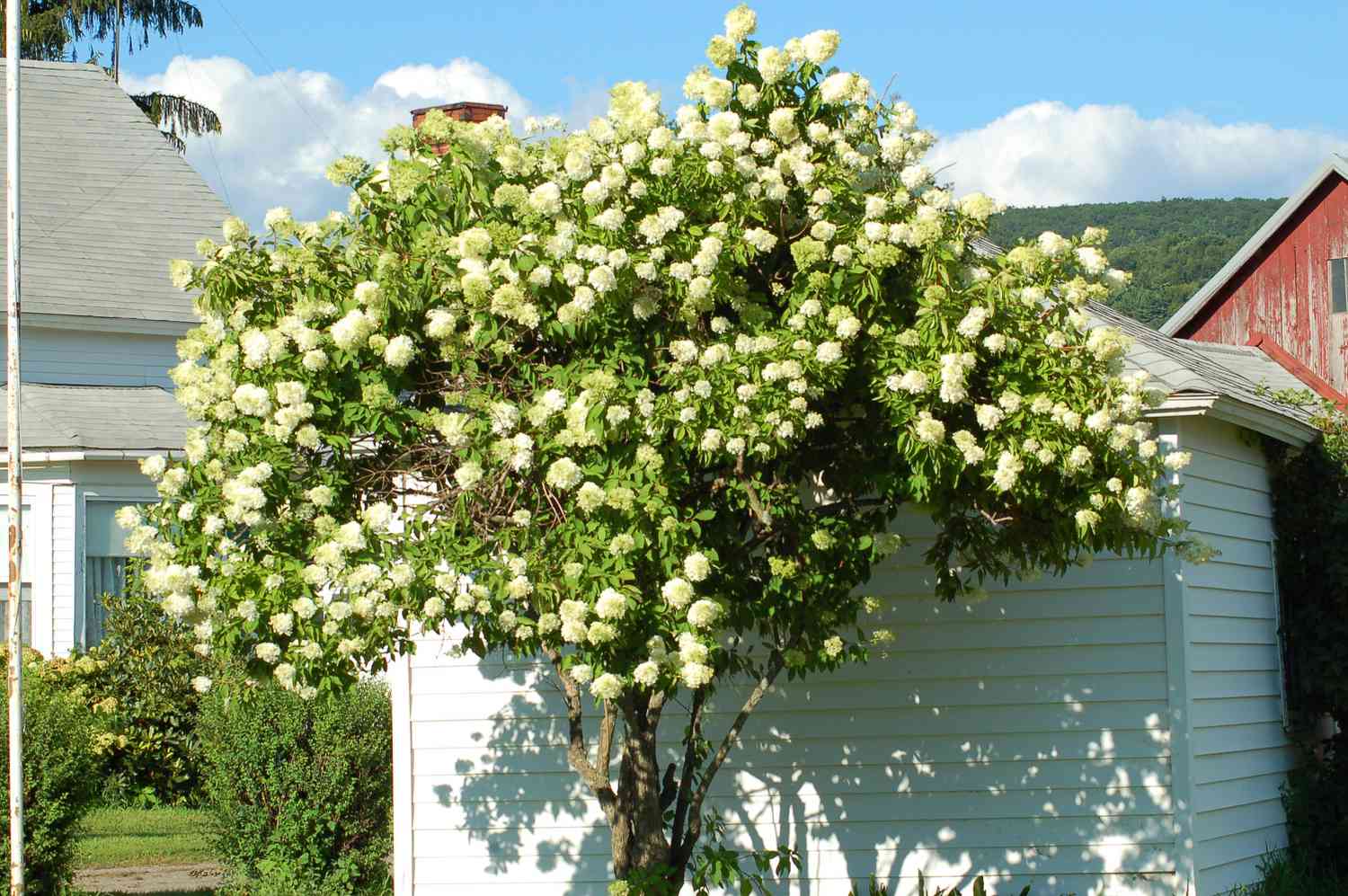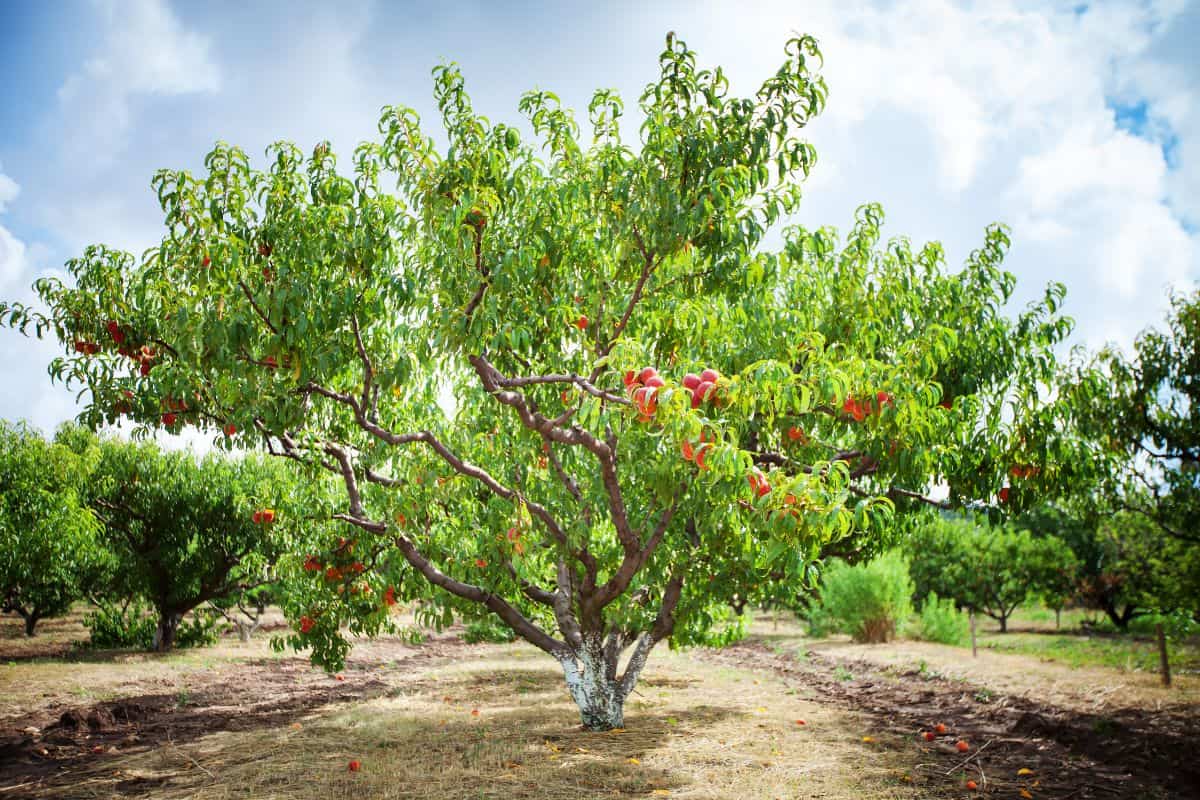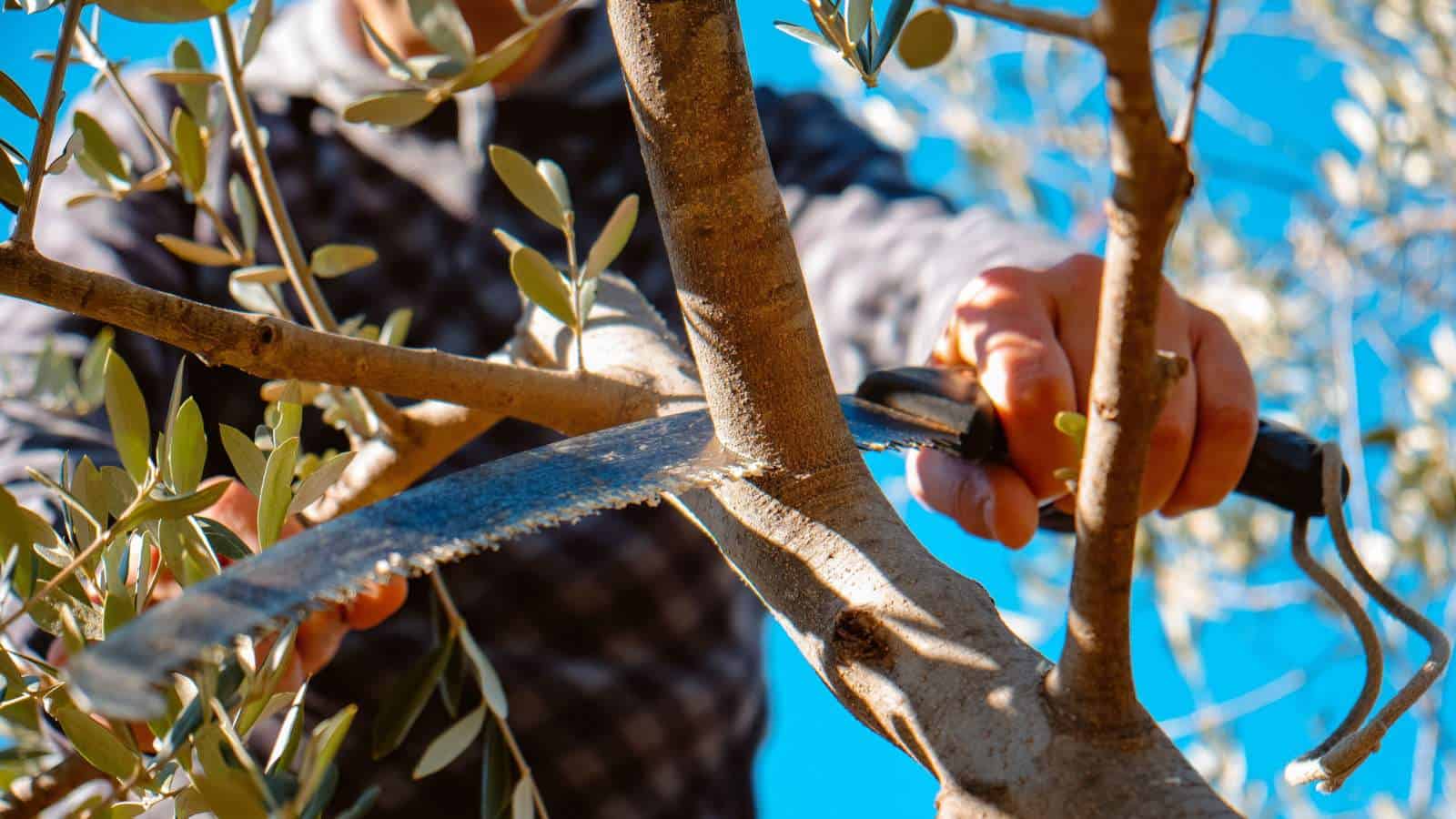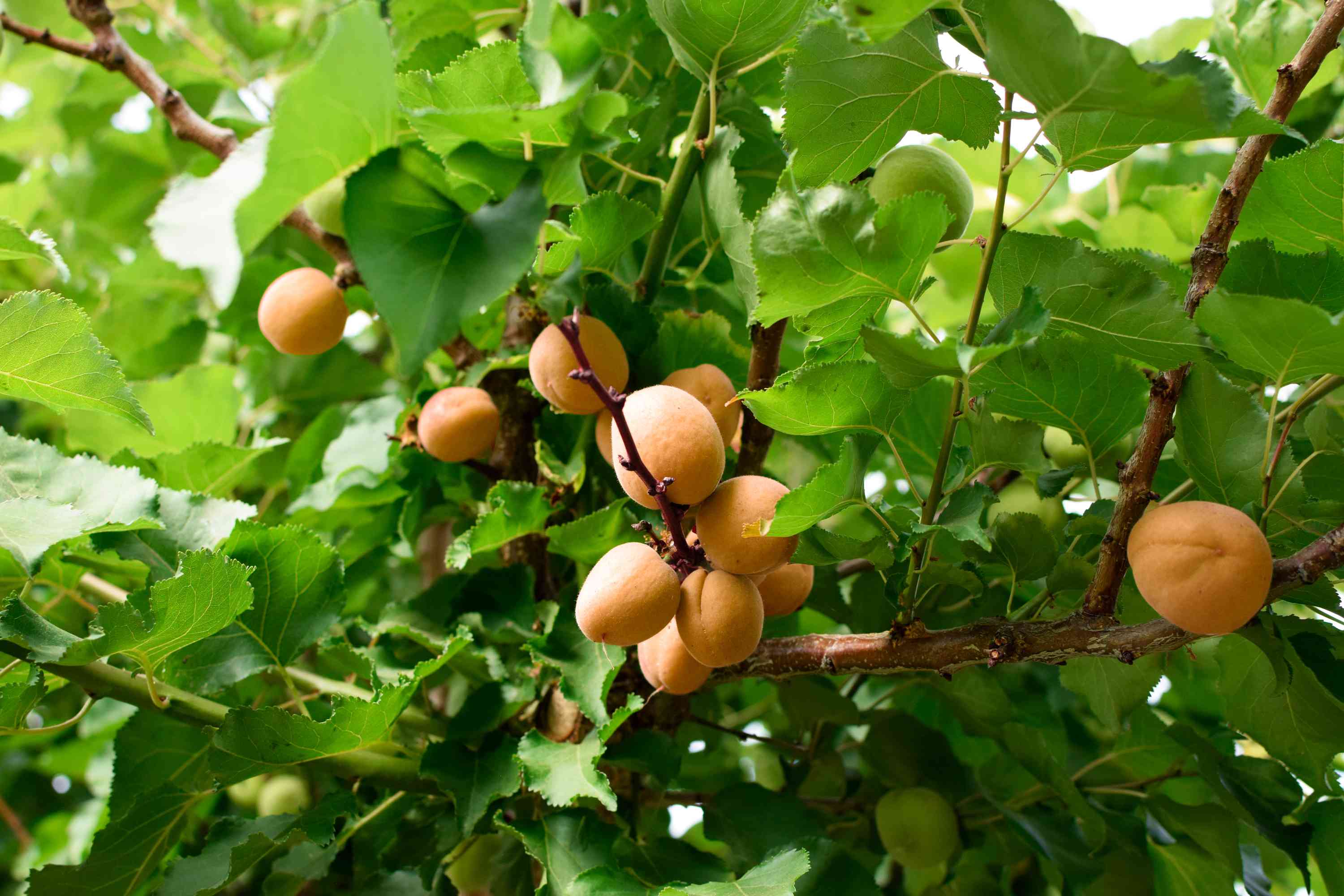Home>Gardening Techniques>Plant Care>How Big Do Olive Trees Grow
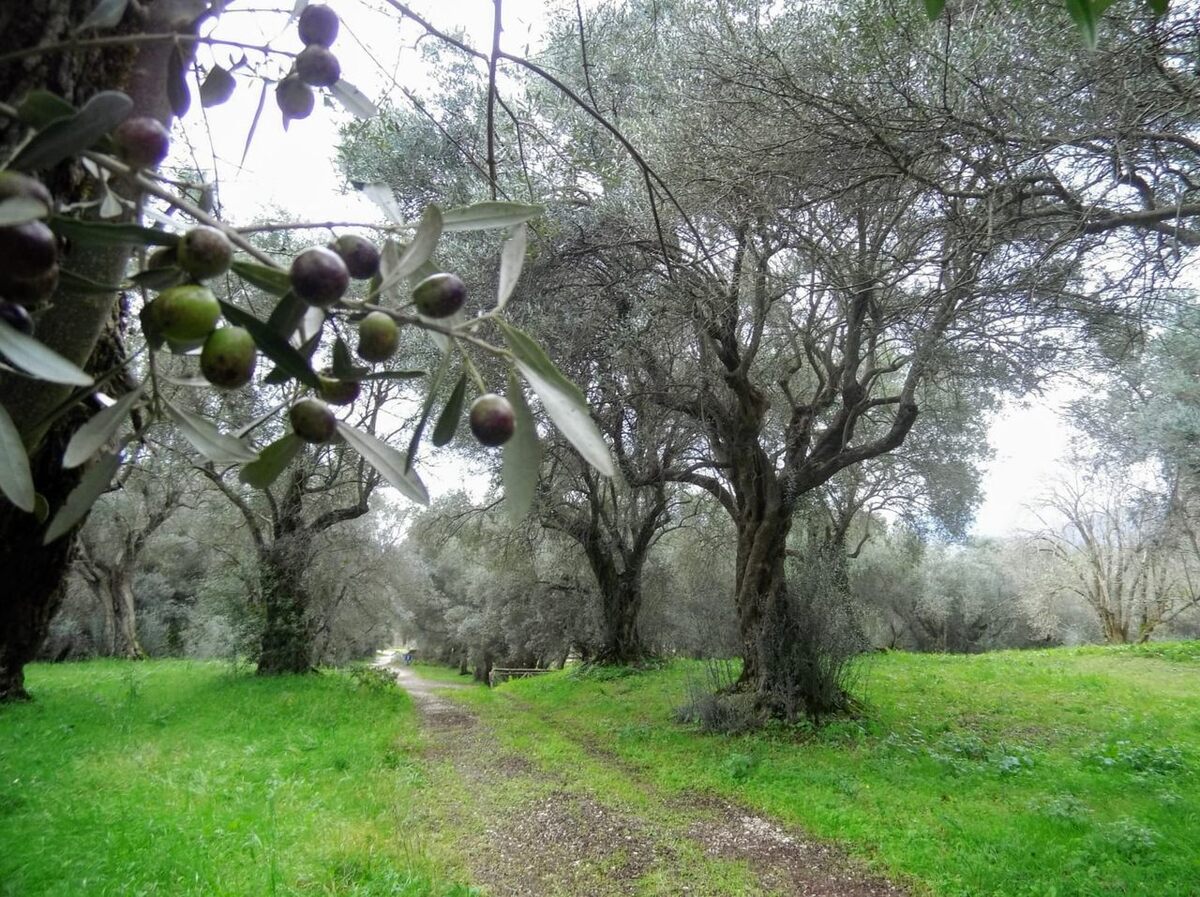

Plant Care
How Big Do Olive Trees Grow
Published: November 10, 2023
Learn about olive tree plant care and discover how big olive trees can grow. Find tips and advice for keeping your olive tree healthy and thriving.
(Many of the links in this article redirect to a specific reviewed product. Your purchase of these products through affiliate links helps to generate commission for Chicagolandgardening.com, at no extra cost. Learn more)
Table of Contents
Introduction
Olive trees are known for their beauty, versatility, and historical significance. With their graceful branches, silvery-green leaves, and delicious fruit, olive trees have captured the attention of plant enthusiasts and gardeners alike. Whether you have a small backyard, a spacious garden, or even a balcony, growing an olive tree can add a touch of Mediterranean charm to your outdoor space.
However, before diving into the world of olive tree care, it’s essential to understand how these trees grow and the factors that can influence their size. By gaining insight into the growth patterns and optimal conditions for olive trees, you can ensure that your tree thrives and achieves its full potential.
Factors such as climate, soil fertility, pruning techniques, and cultivar selection can all impact the size of an olive tree. It’s important to consider these factors when planning the placement and care of your tree to achieve the desired dimensions for your space.
In this article, we will explore the factors that affect olive tree growth, discuss the optimal conditions for their cultivation, examine their growth patterns, and provide insights into how to control their size through proper pruning techniques. Whether you already have an olive tree in your garden or are considering adding one, this guide will equip you with the knowledge you need to keep your tree healthy and maintain its ideal size.
Factors Affecting Olive Tree Growth
Several factors can significantly impact the growth and development of olive trees. Understanding these factors is crucial for providing optimal care and ensuring the tree reaches its full potential.
1. Climate: Olive trees thrive in Mediterranean climates with mild, wet winters and hot, dry summers. They are well-adapted to withstand drought conditions and prefer full sun exposure. While they can tolerate a wide range of temperatures, extreme cold or frost can damage or even kill the tree.
2. Soil: Olive trees prefer well-drained soil with a pH level between 6 and 8. They can tolerate a variety of soil types, including loam, sandy loam, and clay, but perform best in soil that is rich in organic matter. Soil fertility and proper drainage are keys to promoting healthy root development.
3. Water: Olive trees are drought-tolerant once established but still require regular watering during their early years. Overwatering can lead to root rot, so it is essential to strike a balance and provide sufficient water without saturating the soil. A drip irrigation system or watering deeply but infrequently can help maintain the right moisture level.
4. Pruning: Proper pruning plays a vital role in shaping the growth of olive trees. Pruning helps control the size, shape, and overall health of the tree. It allows for better air circulation and sunlight penetration, reducing the risk of disease and maximizing fruit production.
5. Cultivar Selection: The choice of olive tree cultivar can greatly affect its growth characteristics. Some varieties naturally grow larger than others, so selecting a cultivar that suits the available space is important. It is advisable to consult with local experts or nurseries to choose a cultivar that is well-suited to your region and desired tree size.
By considering these factors and providing the necessary care, you can create an environment that promotes healthy olive tree growth and ultimately leads to a thriving and beautiful tree.
Optimal Growing Conditions for Olive Trees
To ensure the successful growth of olive trees, it is crucial to provide them with the optimal growing conditions. By meeting their specific requirements, you can maximize their health, vitality, and productivity.
1. Sunlight: Olive trees thrive in full sun exposure. They require at least 6 to 8 hours of direct sunlight each day to grow and produce fruit. Be sure to plant your olive tree in an area where it can receive ample sunlight throughout the day.
2. Soil: Olive trees prefer well-drained soil that is rich in organic matter. Soil with a pH level between 6 and 8 is optimal for their growth. If your soil is heavy clay or sandy, it is recommended to amend it with compost or other organic matter to improve its fertility and drainage.
3. Water: While olive trees are drought-tolerant, they still require regular watering, especially during their early years. When watering, it is important to provide deep and infrequent irrigation to encourage deep root growth. Avoid overwatering, as it can lead to root rot and other moisture-related issues.
4. Temperature: Olive trees are well-adapted to Mediterranean climates and can tolerate a wide range of temperatures. They can generally tolerate hot summers and mild winters. However, extreme cold or frost can damage or even kill the tree. If you live in a region with harsh winters, consider protecting your tree during the coldest months.
5. Air Circulation: Good air circulation is critical to the health of olive trees. Proper spacing between trees allows for better airflow and reduces the risk of disease. If planting multiple olive trees, ensure there is enough distance between them to promote adequate ventilation.
6. Pruning: Regular pruning is essential for maintaining the size and shape of olive trees. It also helps promote better air circulation, sunlight penetration, and overall tree health. Pruning should be done during the dormant season to minimize stress on the tree.
By creating the ideal growing conditions for your olive tree, you can ensure its long-term success and enjoy a bountiful harvest of delicious olives.
Growth Patterns of Olive Trees
Olive trees have distinct growth patterns that evolve as they mature. Understanding these patterns can help you anticipate and manage the development of your tree.
During the initial years, olive trees focus on establishing a strong root system. This is crucial for their long-term growth and survival. It is common for young olive trees to show slow above-ground growth during this period as they invest their energy into root development.
As the tree matures, it will begin to put more energy into vertical growth. The trunk will elongate, and branches will start to form. The growth rate can vary depending on factors such as climate, soil conditions, and cultivar. Generally, olive trees have a slow to moderate growth rate, averaging around 12 to 24 inches of vertical growth per year.
Once the tree reaches a certain height, it will start to focus on lateral growth. This is when the branches expand horizontally, creating the signature umbrella-like shape of mature olive trees. The lateral growth is important for maximizing sunlight exposure to the leaves and promoting optimal fruit production.
It is important to note that not all olive trees will grow to the same size. The ultimate size of an olive tree can vary depending on the cultivar, growing conditions, and management practices. Some cultivars naturally grow larger than others, so selecting the right cultivar for the available space is crucial.
Proper pruning plays a key role in shaping the growth of olive trees. Pruning can help manage the size, shape, and density of the canopy. It is recommended to prune olive trees regularly during the dormant season to encourage new growth and maintain an open structure that allows for good air circulation and sunlight penetration.
By understanding the growth patterns of olive trees and providing appropriate care, you can ensure the healthy development of your tree and create a visually pleasing landscape feature in your garden.
Maximum Size and Height of Olive Trees
Olive trees have the potential to grow quite large, but their actual size can vary depending on the specific cultivar, growing conditions, and management practices. Understanding the potential size and height of olive trees can help you plan and manage their growth in your garden.
On average, mature olive trees can reach heights of 20 to 40 feet. However, some cultivars, such as the “Manzanillo” or “Pendolino,” have a more compact growth habit and typically stay shorter, reaching heights of around 15 to 20 feet. In contrast, larger cultivars like the “Koroneiki” or “Frantoio” can grow taller and reach heights of up to 40 feet or more.
The spread or width of olive trees can be even greater than their height, with branches extending horizontally to create a broad, umbrella-like canopy. The spread can vary between 15 to 30 feet, depending on the specific cultivar and growth conditions.
It’s important to consider the available space when planting olive trees. Planting them too close to structures or other trees can lead to overcrowding and hinder their growth. Proper spacing is essential to allow for adequate air circulation and sunlight penetration, promoting overall tree health.
However, it’s worth noting that the size and height of olive trees can be managed through pruning techniques. Regular pruning helps control their growth, prevent overcrowding, and maintain the desired size and shape. With proper pruning, you can keep your olive tree at a more manageable height and prevent it from outgrowing its allotted space.
If you have limited space or prefer to have smaller olive trees, it’s recommended to select dwarf or compact cultivars specifically bred for smaller sizes. These cultivars typically reach heights of around 10 to 15 feet, making them suitable for smaller gardens or containers.
By understanding the maximum size and height potential of olive trees and utilizing proper pruning techniques, you can maintain a well-balanced and visually appealing tree that complements your garden space.
Pruning Techniques for Controlling Olive Tree Size
Pruning plays a crucial role in controlling the size and shape of olive trees. Proper pruning techniques can help you manage the growth of your tree and keep it at a desired size. Here are some key pruning techniques to consider:
- Formative Pruning: In the early years of an olive tree’s life, formative pruning is essential. This involves removing any competing or crossing branches to create a well-balanced structure. It’s important to prune lightly during this stage to avoid stunting the tree’s growth. Focus on shaping the tree by encouraging a central leader and removing any vertical shoots.
- Maintain Open Center: Olive trees naturally develop an open center growth habit. To maintain this, it’s important to remove any vigorous, upright shoots that may arise from the center of the tree. This promotes better light penetration and air circulation, reducing the risk of disease and allowing the tree to develop a balanced canopy.
- Thinning the Canopy: Over time, the canopy of your olive tree may become overly dense, especially if it’s not pruned regularly. Thinning the canopy involves selectively removing some of the interior branches to allow more light to reach the lower branches and the center of the tree. This helps promote better fruit production and prevents overcrowding.
- Reducing the Canopy: If your olive tree has grown larger than desired, you can use the reduction method to control its size. This involves cutting back the branches by up to one-third of their length, focusing on removing any overly long or unruly branches. However, it’s important to note that drastic reduction pruning should be avoided as it can have negative effects on the overall health of the tree.
- Renewal Pruning: Over time, some of the older branches of your olive tree may become unproductive or start to decline. Renewal pruning involves selectively removing these branches to encourage the growth of new, productive shoots. It helps rejuvenate the tree, maintaining its productivity and overall health.
When pruning olive trees, it’s crucial to use sharp and sterilized pruning tools to minimize the risk of disease transmission. Pruning should be done during the dormant season, typically in late winter or early spring, when the tree is not actively growing.
Remember that pruning is an ongoing process, and it’s important to regularly assess and prune your olive tree to maintain its size and shape. Consulting with a knowledgeable professional or arborist can provide valuable guidance and ensure that you are using proper techniques for your specific tree and goals.
Conclusion
Growing and caring for olive trees can be a rewarding experience, adding beauty, shade, and even a bountiful harvest to your garden. By understanding the factors that affect olive tree growth, providing optimal growing conditions, and utilizing appropriate pruning techniques, you can ensure that your olive tree thrives and maintains a desirable size.
Factors such as climate, soil fertility, water, pruning, and cultivar selection all play a role in influencing the growth and size of olive trees. By considering these factors and providing the right care, you can create an environment that promotes healthy growth and maximizes fruit production.
It’s important to remember that olive trees have distinct growth patterns, focusing on establishing a strong root system in their early years before transitioning to vertical and lateral growth. While they have the potential to grow quite large, their actual size may vary depending on the specific cultivar and environmental conditions.
Through proper pruning techniques, you can control the size and shape of your olive tree. Formative pruning, maintaining an open center, thinning the canopy, reducing the size, and renewal pruning are all effective methods for managing the growth of your tree.
By understanding these principles and incorporating them into your olive tree care routine, you can create a beautiful and well-maintained tree that perfectly fits your garden space. Consult with local experts or arborists if needed, as they can provide valuable guidance and ensure that you are utilizing the best practices for your specific region and tree variety.
So, whether you have a small urban garden or a sprawling outdoor landscape, consider adding the elegance and charm of an olive tree. With proper care and attention, you can enjoy the benefits of this magnificent tree for many years to come.
